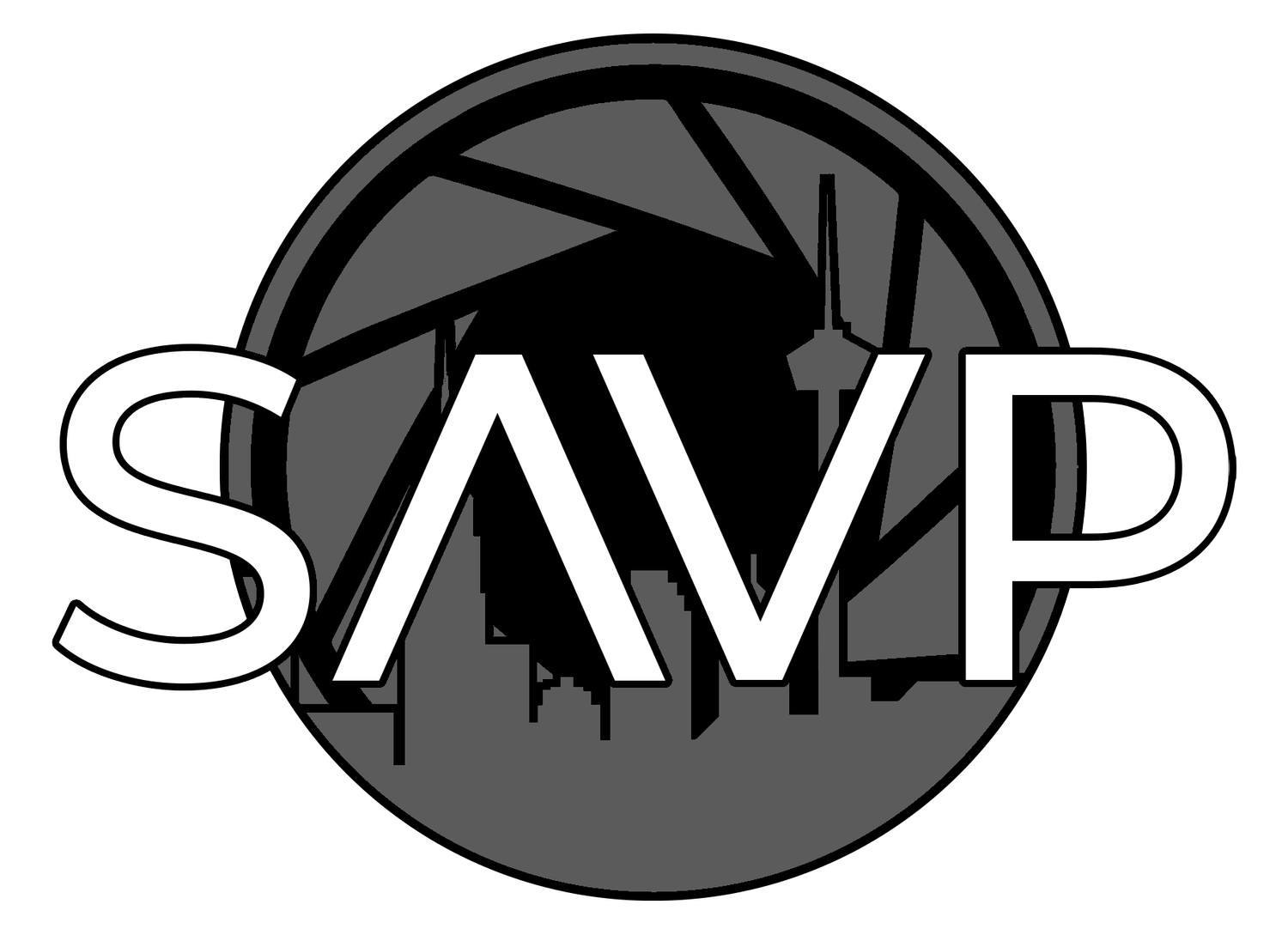Transforming Your Video Production: The Power of Multi-Camera Setup in Narrative Work
In the fast-paced world of video production, finding ways to enhance the quality and efficiency of your shoots is essential. One game-changing approach that can completely transform how you shoot scenes is the use of multiple cameras. This technique not only improves the storytelling process but also elevates the overall production quality.
Understanding the Multi-Camera Setup in Video Production
When it comes to narrative work, setting up for multiple cameras isn’t all that different than for corporate shoots. The same principles apply, but with a creative twist. Instead of capturing a single perspective, you focus on getting those wide, medium, and close-up shots all at once.
The Importance of Capturing Multiple Angles
Capturing multiple angles simultaneously is crucial in video production. It allows for a more dynamic and engaging viewing experience. Here’s why this method matters:
Time Efficiency: By cutting out the need for multiple takes, you save time on set. This efficiency can significantly reduce production costs and allow for more creative exploration during filming.
Energy and Flow: Keeping the energy and flow of the scene alive is vital. When actors can immerse themselves in their roles without interruptions, the performances become more authentic.
Consistency and Authenticity: Capturing everything at once ensures that performances remain consistent. This is particularly important in narrative work, where the nuances of real emotions can shine through.
Enhancing Storytelling Through Video Production Techniques
The heart of effective video production lies in storytelling. The nuances of real emotions are best captured when actors can fully engage with their characters. A multi-camera setup allows for this immersive experience, making it easier to convey the story's emotional depth.
How Multi-Camera Setups Boost Storytelling
Real-Time Reactions: With multiple cameras, you can capture real-time reactions from different angles. This adds layers to the storytelling, allowing viewers to connect more deeply with the characters.
Dynamic Editing: Having various angles at your disposal gives editors the freedom to create a dynamic narrative. They can choose the most impactful shots to enhance the storytelling process.
Visual Variety: A multi-camera approach provides visual variety. This keeps the audience engaged and invested in the story being told.
Practical Tips for Implementing Multi-Camera Setups in Video Production
While the concept of multi-camera setups is straightforward, implementing them effectively requires careful planning and execution. Here are some practical tips to ensure a successful shoot:
1. Plan Your Shots
Before the shoot, take the time to plan your shots. Determine which angles are essential for capturing the narrative effectively. This will help you maximize the potential of your video production.
2. Use Quality Equipment
Investing in quality cameras and equipment is crucial. Ensure that all cameras are capable of capturing high-quality footage to maintain the production's overall quality.
3. Coordinate with Your Team
Effective communication with your crew is vital. Make sure everyone understands the plan and their roles during the shoot. This coordination will help keep the energy high and the flow smooth.
4. Monitor the Set
Having a dedicated team member to monitor the set can help catch any inconsistencies or issues in real-time. This ensures that everything runs smoothly and that you capture the best performances.
The Broader Implications of Multi-Camera Techniques in Video Production
The insights gained from using multi-camera setups in narrative work can extend beyond just filmmaking. They can apply to various industries and creative fields.
How This Approach Can Benefit Your Business
Increased Engagement: Whether you're creating promotional videos, training materials, or corporate presentations, multi-camera setups can increase viewer engagement. The dynamic visuals keep audiences interested and invested in the content.
Enhanced Brand Storytelling: In today’s competitive market, effective storytelling is essential for brand success. Utilizing multi-camera techniques allows businesses to tell their stories in a more compelling way, resonating with their target audience.
Improved Production Quality: The overall quality of your video production can significantly impact how your brand is perceived. High-quality visuals and authentic storytelling can elevate your brand image and attract more customers.
Elevating Your Video Production Game
In conclusion, the multi-camera setup is a powerful technique that can elevate your video production. By capturing wide, medium, and close-up shots all at once, you save time and enhance the authenticity of performances.
While the setup might differ slightly from traditional methods, the goal remains the same: to enhance the quality of your production and keep things running smoothly.
As you explore this approach, consider how it can apply to your own work. The insights gained from narrative filmmaking can inspire new strategies and elevate your creative projects.





